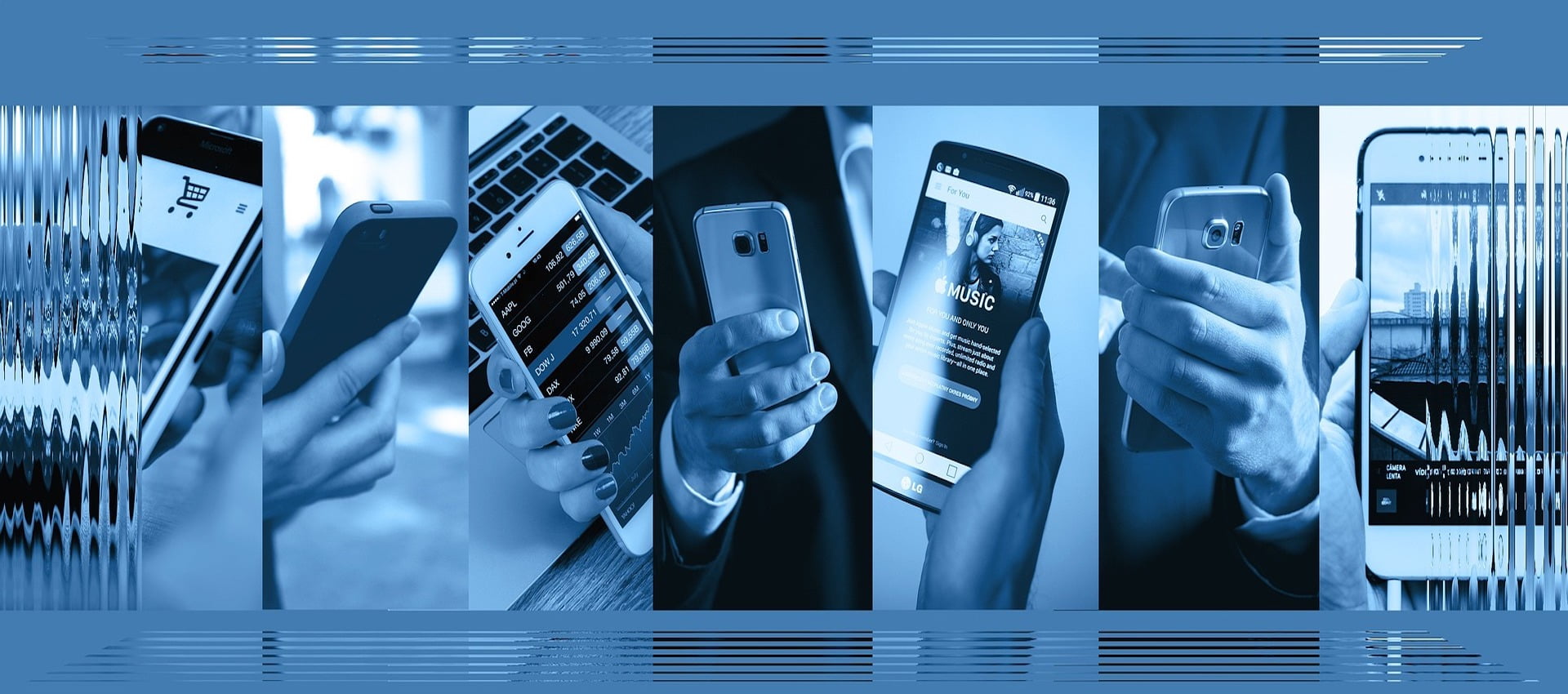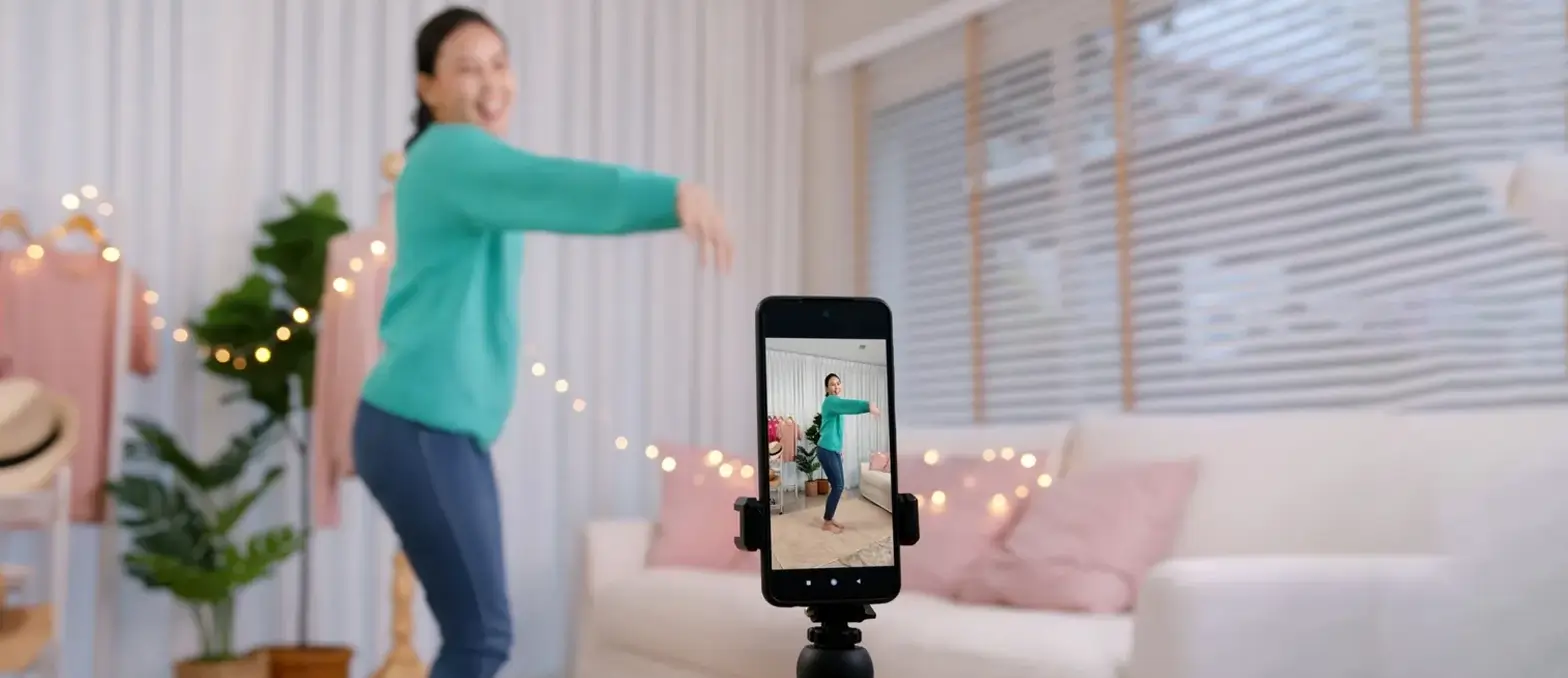Table of Contents
Blockchain for document management is emerging as a pioneering technology that promises to revolutionize the way organizations store, share and manage their critical documents. The decentralized and immutable nature of blockchain provides a robust foundation for building highly secure, transparent and trustworthy document management systems.
By leveraging blockchain’s inherent features such as cryptographic security, distributed consensus and an immutable audit trail, businesses can address long-standing challenges related to documentation including tampering, unauthorized access and single points of failure.
As industries increasingly realize the transformational potential of blockchain for document workflows, adoption of blockchain document management is expected to surge tremendously. This article aims to provide a comprehensive understanding of how blockchain can strengthen document management and governance across industries.
Statistics of Blockchain for Document Management
- The global document management software market was valued at $6.23 billion in 2023 and is projected to grow to $24.91 billion by 2032, with a CAGR of 16.9% from 2024 to 2032.
- The global blockchain document management market is expected to reach over $5 billion by 2031, growing from $406 million in 2023 at a phenomenal CAGR of 34% during the forecast period (Persistence Market Research).
- A survey indicated that nearly 65% of organizations are exploring blockchain for document provenance and auditing, while 60% are evaluating it for document verification and certification (Profectus Group).
- Grand View Research estimates the healthcare document management market to reach USD 7.83 billion by 2030, signifying high scope for blockchain to streamline medical record sharing and enhance patient outcomes.

Why Do We Need Blockchain for Documents?
There are compelling reasons for enterprises to leverage blockchain technology for document management:
- Immutability: Once a document is recorded on the blockchain, it cannot be changed or removed, ensuring data integrity and authenticity. This mitigates the risk of document tampering.
- Transparency: The distributed ledger allows all parties to view the complete transaction history of documents from creation to modification or sharing, enabling transparency and traceability.
- Security: Decentralized storage across blockchain nodes improves cyber resistance against unauthorized access and data breaches compared to centralized databases.
- Reduced costs: By automating workflows and removing intermediaries, blockchain streamlines document-related operations, minimizing paperwork and enhancing operational efficiency.
- Increased collaboration: Cross-organizational documentation processes can be simplified through real-time sharing, retrieval and approval capabilities of blockchain.
- Auditability: An immutable record of documents and related activities provides a holistic audit trail for compliance with statutory and regulatory obligations.
Thus, blockchain transforms document management by tackling prevailing challenges of integrity, trust and security while unlocking opportunities for optimization and innovation. This makes it an indispensable technology for industries dependent on critical documentation.
How Blockchain Works for Document Management?
The fundamental workflow of incorporating documents on blockchain relies on these key principles:
- Distributed Ledger: Documents are recorded on a distributed ledger shared across a peer-to-peer network of computers, eliminating single points of failure.
- Cryptographic Hashing: Each document is assigned a unique cryptographic hash fingerprint using hashing algorithms. Hashing ensures authenticity and integrity of documents.
- Timestamping: The creation, modification and activity records corresponding to each document transaction are time-stamped for sequence verification.
- Block Creation: Document transactions are bundled into blocks which are then chained to the preceding block using cryptography. This links the entire documentation lineage.
- Consensus Mechanism: Nodes on the blockchain network employ algorithms like Proof-of-Work or Proof-of-Stake to validate transactions and reach a consensus before adding blocks.
- Transparency: All modifications and transactions associated with a document throughout its lifecycle are permanently visible to authorized parties on the shared ledger.
- Immutability: Once data is recorded on the blockchain in a block, it cannot be altered due to the distributed nature of ledger copies across participating nodes.
- Smart Contracts: Programmable business logic enables automation of document workflows like access controls, compliance triggers and auditing processes.
Thus, blockchain creates a single source of truth for documents with built-in features promoting security, visibility, auditability and innovation.
Advantages of Blockchain Over Traditional Systems
Blockchain addresses limitations of prevalent centralized database models for document management:
- Security: Cryptography and decentralization make the system resilient against cyberattacks and data breaches targeting a single database.
- Immutability: Documents can neither be deleted nor forged owing to the immutable, replicated ledger storing hash-linked entries of all transactions.
- Transparency: The complete revision history and interaction metadata of any document is visible to authorized users, improving visibility, collaboration and dispute resolution.
- Auditability: An immutable, cryptographically verifiable record of documents and activities facilitates statutory and external audits, strengthening legal compliance.
- Cost reduction: Processes involving multiple intermediaries can leverage blockchain automation through smart contracts for streamlining workflows and controlling expenses.
- Scalability: The distributed architecture enables scaling document repositories seamlessly to handle heavy volumes without latency issues.
- Accessibility: Location-independent access to documents increases organizational agility by allowing remote & permission-based access on demand.
- Single source of truth: Disparate legacy repositories are consolidated into a single reconciled data set eliminating duplicity, conflict and ambiguity.
By integrating these advantages, blockchain establishes a robust base for empowering digital transformations across sectors with documentation at the core.
Future-Proof Your Document Management with Blockchain
How To Build a Blockchain-based Document Management System?
Key steps to build and implement a blockchain-powered document management system include:
- Requirements Analysis: Define objectives, stakeholders, document types, volume, workflows, security needs by consulting project teams.
- Blockchain Selection: Evaluate platforms like Hyperledger, Ethereum and Corda based on features and integrations before finalizing.
- Smart Contract Development: Code workflow logic including access controls, validation rules and storage mechanism in Solidity or Chaincode.
- Frontend Design: Develop an intuitive UI using frameworks like React for simple document uploads, retrieval and signing.
- Backend Integration: Link the UI and contracts to existing backend systems through secure APIs for data exchange.
- Testing and Security Audits: Rigorously test smart contracts and backend on a testnet before deployment and conduct third-party security audits.
- Node Deployment: Launch nodes on cloud virtual machines or dedicated servers conforming to technical, geographic and redundancy requirements.
- Go-Live: Transfer legacy documents to blockchain via scripts or migrate existing systems, address bugs and progressively adopt into operations.
- Training and Support: Educate users, provide helplines to resolve issues and update the solution based on changing needs.
- Continuous Improvement: Pursue research for emerging requirements involving scalability, integration and regulatory compliance.
Adherence to standard practices helps build secure, productive and auditable blockchain document solutions.
Overcoming Challenges in Implementing Blockchain for Document Management
Key challenges in widespread adoption of blockchain for document management include:
- Performance and Scalability: Current networks have limitations in processing document-intensive workloads requiring off-chain solutions.
- Technical Complexity: Blockchain being an evolving technology deters non-technical users and requires experienced blockchain developers and integrators.
- Interoperability: Achieving seamless integration of blockchain networks with each other and legacy systems remains difficult due to lack of standards.
- Compliance: Regulatory guidelines on document lifecycle processes, privacy and storage might impede cross-border implementations.
- Buy-In from Stakeholders: Widespread acceptance depends on addressing organizational, behavioral and procedural change risks.
- Cryptographic Standards: Lack of conformity in document hashing, signing and verification standards pose adoption hurdles.
- Infrastructure Costs: Setting up nodes, networks and high-availability resources translates to Capex until the technology matures.
With focused efforts, obstacles can be tackled through – improved consensus methods, user-friendly UIs, adoption of formats like ID3, strategic compliance mapping, training programs, cloud-based pay-per-use models and multi-stakeholder collaborations. Meanwhile, the blockchain document management system offers vast prospects outweighing present downsides for documentation processes.
Real-World Applications of Blockchain for Document Management
Here are domains where blockchain document management system is enhancing documentation workflows:
- Supply Chain: Tracking shipment records, certificates of origin, container scans immutably on permissioned networks.
- Healthcare: Managing informed consents, prescriptions, patient records, insurance claims fraud-free using Microsoft Healthcare DocChain.
- Finance: Issuing, trading and validating financial documents like loan records, KYC, policy details with Fintech firms like Moody’s.
- Government: Land registry, birth/death certificates, educational records, ePassports, voting on Estonian Blockchain infrastructure.
- Manufacturing: Warranty records, equipment calibrations, quality inspections on platforms like VeChain to optimize asset usage.
- Advertising: Transparent logging of campaign documents, media spending records with partners through Anthropic platform.
- Logistics: Real-time customs clearance for bills of lading, receipts, certificates on Maersk and TradeLens networks.
- Education: Verifiable issuance and verification of degrees, marksheets leveraging Learning Machine and Shoot.
Thus diverse sectors are unlocking innovation through blockchain document management systems.
How can A3Logics Assist You in Developing a Blockchain-Based Document Management System?
As a leading dApp Development Company, A3Logics possesses the resources and expertise to assist you throughout the development life cycle:
- Requirement Analysis: Our analysts for blockchain in document management will conduct detailed requirement mapping to understand your specific documentation workflows and expectations.
- Platform Selection: Based on scalability, security and features required, we can help shortlist the right framework like Hyperledger, Ethereum, Corda etc for blockchain in document management.
- Architecture Design: Our architects will diagram the technical, smart contract and database architecture to achieve performance, resilience and extensibility.
- Blockchain Development: Our blockchain in document management engineers well-versed in Solidity, Golang, Java etc. can build robust smart contracts automating required document functions.
- Frontend Development: We can build interactive admin consoles and user-interfaces using AngularJS, ReactJS etc. for easy system usability.
- Security Audits: Penetration testing will be done by our security specialists to fortify the solution against threats before deployment.
- Testing & Deployment: Our QA team rigorously tests for bugs, vulnerabilities, integrations before deployment in production environments.
- Integration: We offer expertise integrating blockchain with existing backend IT infra, database and legacy systems.
- Training & Support: Dedicated post-release support along with knowledge transfer ensures independent solution management.
So contact us today to leverage our expertise in Blockchain Software Development Services towards building your blockchain-based, fully-compliant document management system.
Transform Your Document Management with Blockchain – Book a 30-Minute Free Consultation Today!
Conclusion
In conclusion, Blockchain Document Management promises to overhaul the traditional landscape of document governance with its core attributes of decentralization, transparency, security and automation. By leveraging blockchain, organizations can unlock new efficiencies in documentation processes, foster collaboration and address challenges of integrity, accessibility and auditing in a cost-effective manner. Though the technology still confronts adoption obstacles, ongoing advancements are making blockchain increasingly mature to support industrial-scale document demands across industries.
As secure storage and management of official records becomes indispensable, blockchain is certainly a tech driver that organizations must strategically explore to achieve a digital pivot in their operations hinged on reliable documentation. So, if you are looking to hire blockchain developers, do not hesitate and connect with the experts at A3Logics now! Good luck!
FAQ’s
What is blockchain technology, and how can it be applied to document management?
Blockchain is a distributed ledger platform featuring cryptography, consensus and an immutable record of transactions. It reinvents document management by decentralizing storage on nodes, timestamping document activities, enabling visibility and authenticating changes with hashes and signatures in an append-only format. This introduces features like tamper-proofing, audit trails and automation in document systems.
How does blockchain improve the security of document management systems?
Blockchain enhances security by cryptographically storing document hashes distributed across nodes. This avoids single points of failure and makes data resilient to external intrusions. Consensus validates additions transparently. Encryption protects confidential records from unauthorized access. Signatures authenticate all participants validating document interactions. Tampering is impossible due to the immutable chain design.
What are the best blockchain platforms for document management?
Popular platforms are Hyperledger Fabric for permissioned ledgers offering high confidentiality and Ethereum for sophisticated smart contracts. Others are R3’s Corda for financial workflows, IBM’s Blockchain for scalable B2B networks and Multichain for its flexible private blockchain design. Selection depends on requirements involving security, features, ecosystem and compliance.
What industries are adopting blockchain for document management, and why?
Key sectors are healthcare and life sciences to empower patient-controlled medical records, government for land titles, identity services and voting, finance and insurance leveraging immutability for compliance, and supply chain partners enhancing transparency and efficiencies in logistics documentation. It streamlines processes, fosters trust and saves costs for documentation-intensive operations.
How can blockchain streamline document auditing and compliance processes?
Blockchain Document Management creates a permanent, authenticated activity log detailing document creation, access changes with accurate timestamps. This immutable record accessible to stakeholders simplifies audits by regulatory agencies. Smart contracts enable defining pre-programmed compliance rules and workflows ensuring adherence. Alerts are triggered on violation for remedies. Overall, it adds efficiency, visibility and trust in compliance management.
Can blockchain be integrated with existing document management software?
Yes, blockchain can be seamlessly integrated with legacy document systems via APIs to merge the advantages. While the backend ledger network resides on blockchain, the front-end user interface and other features continue operating from existing solutions. Data is synced between the two infrastructures securely. This allows organizations to incorporate blockchain benefits without disrupting ongoing operations or user experience.






